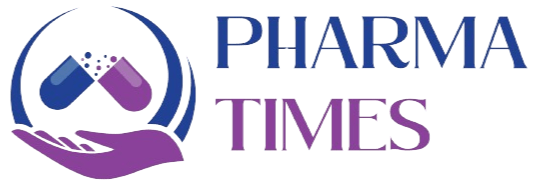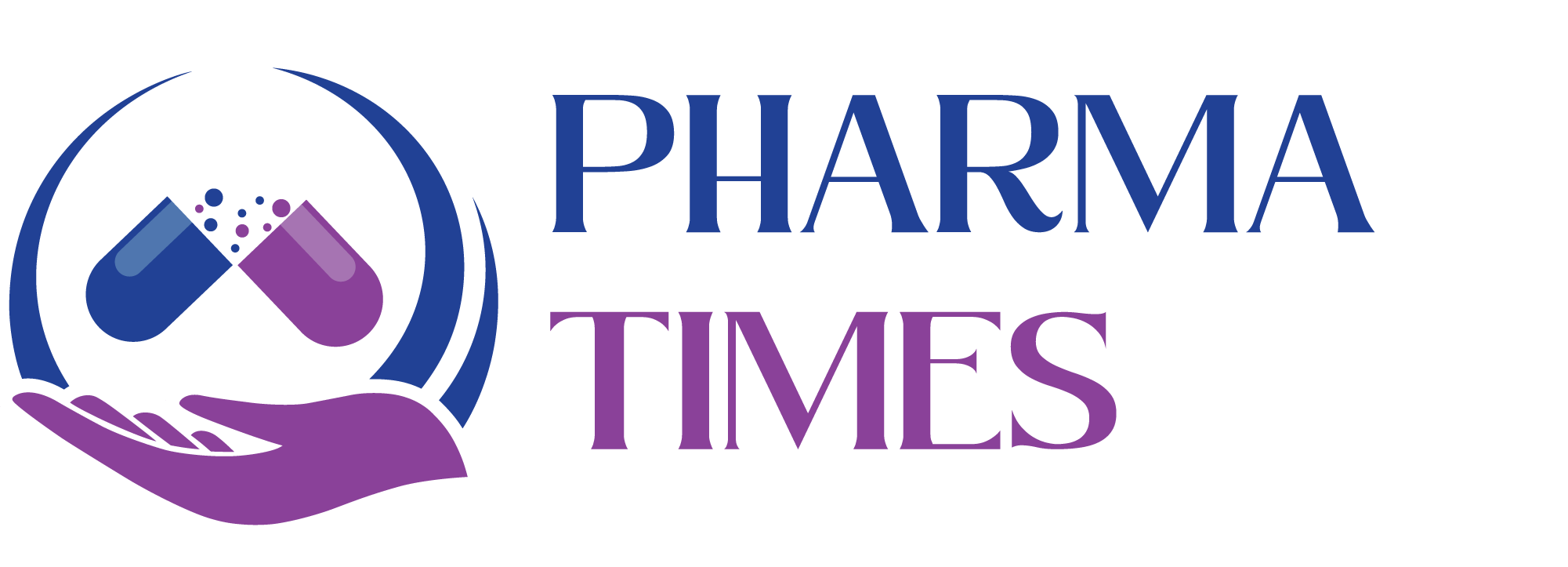SOP for Cleaning of Auto diluter .

Standard Operating Procedure(SOP)
Here’s a professional draft for an SOP (Standard Operating Procedure) for Cleaning of an Auto diluter. I’ll keep it formal and structured the way it’s typically expected in labs and manufacturing environments:
1. Purpose:
To provide a standardized method for the proper and effective cleaning of the Auto diluter to maintain its accuracy, precision, and longevity, and to prevent contamination.
2. Scope:
This SOP applies to all laboratory personnel responsible for operating and maintaining the Auto diluter [insert model/type if applicable] in [insert department or facility].
3. Responsibilities:
-
Operators: To perform routine and as-needed cleaning.
-
Supervisors: To ensure compliance with this SOP and to verify that cleaning records are complete and accurate.
4. Materials and Equipment:
-
Lint-free wipes or cloths
-
Mild laboratory-grade detergent
-
Distilled or deionized water
-
70% Isopropyl alcohol (IPA)
-
Cleaning brushes (soft-bristled)
-
Protective gloves
-
Waste disposal container
5. Procedure:
5.1. Preparation:
-
Wear appropriate PPE (lab coat, gloves, safety glasses).
-
Switch off and unplug the Auto diluter.
-
Remove any consumables (tips, tubes, reservoirs, etc.).
5.2. External Cleaning:
-
Dampen a lint-free cloth with mild detergent solution.
-
Wipe all exterior surfaces carefully to remove dust, spills, or residues.
-
Follow up with a cloth dampened with distilled water to remove detergent residues.
-
Wipe dry with a clean, dry lint-free cloth.
5.3. Internal Cleaning:
(Perform according to manufacturer’s guidelines — generic instructions below)
-
Access internal components as per manual (e.g., tubing, probes).
-
Inspect for residues or blockages.
-
If cleaning is needed:
-
Use a mild detergent solution and soft brush for non-electronic parts.
-
Rinse with distilled water thoroughly.
-
Sanitize by wiping with 70% IPA.
-
-
Allow components to air dry completely before reassembly.
5.4. Specific Component Cleaning (if applicable):
-
Probes:
-
Wipe with 70% IPA.
-
Perform a system flush with distilled water if recommended.
-
-
Tubing and Valves:
-
Flush with distilled water followed by 70% IPA if needed.
-
-
Sample Trays/Reservoirs:
-
Wash with detergent, rinse with distilled water, and dry thoroughly.
-
6. Frequency of Cleaning:
-
Routine Cleaning: Daily after use.
-
Deep Cleaning: Weekly or after contamination, heavy usage, or maintenance.
7. Documentation:
-
Record each cleaning activity in the Autodiluter Cleaning Log Sheet.
-
Include date, time, operator initials, and any observations (e.g., damage, leaks).
8. Precautions:
-
Do not use abrasive materials or harsh chemicals.
-
Do not allow liquids to seep into electrical components.
-
Handle delicate parts (like probes) gently to avoid damage.
9. References:
-
Manufacturer’s User Manual
-
Laboratory Safety Guidelines
🎓 Discover one of the best Quality Assurance courses available — click below to explore the course that’s shaping future QA skills.

